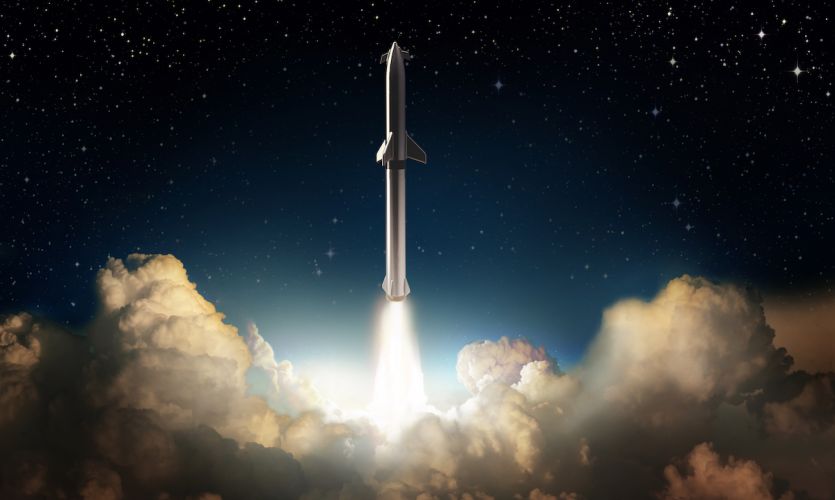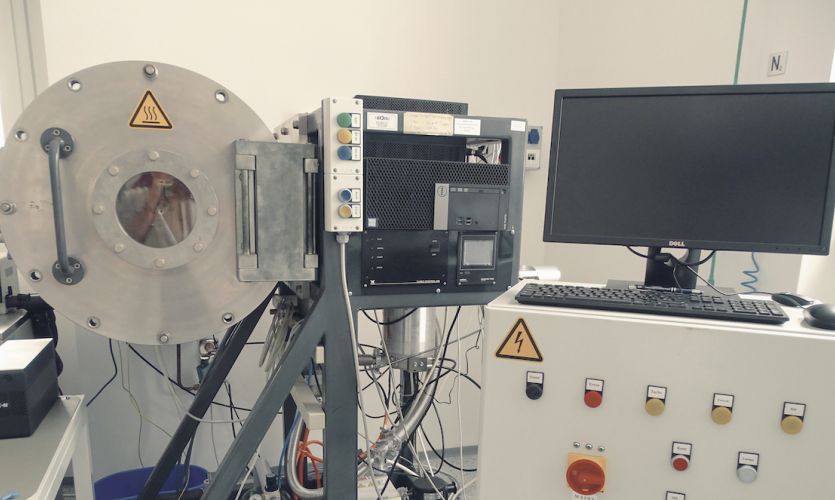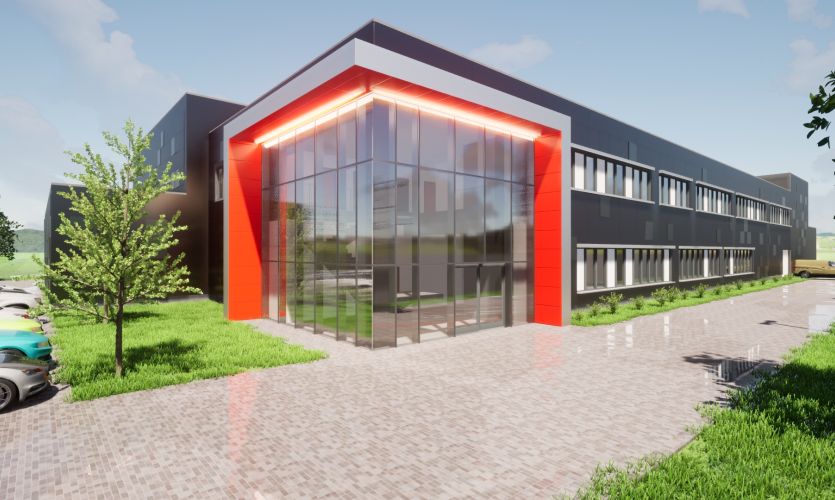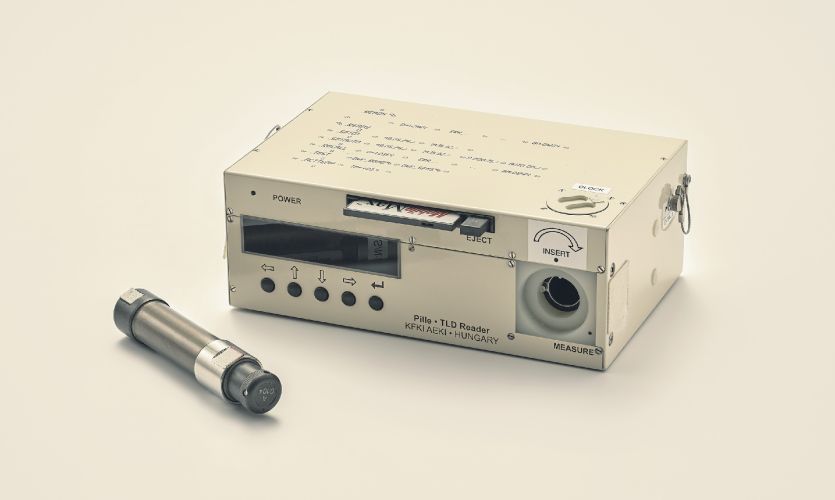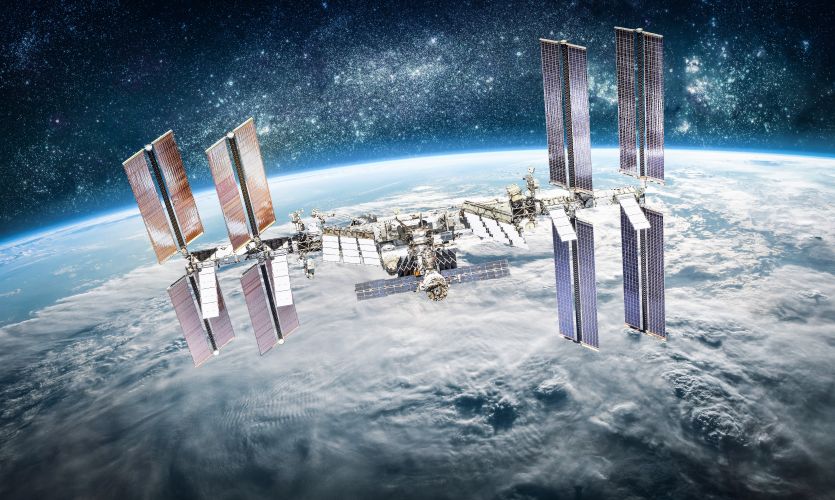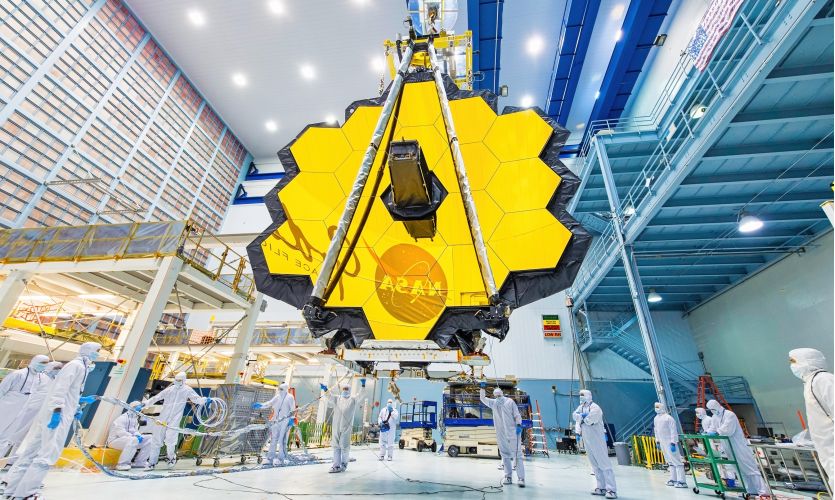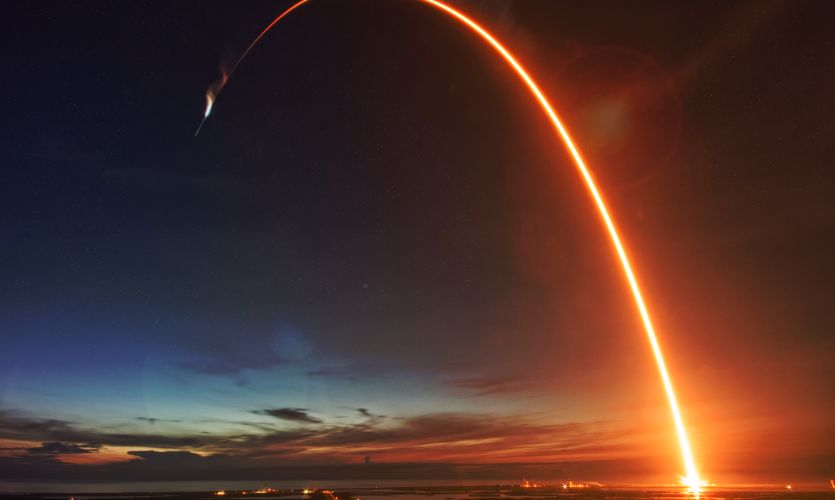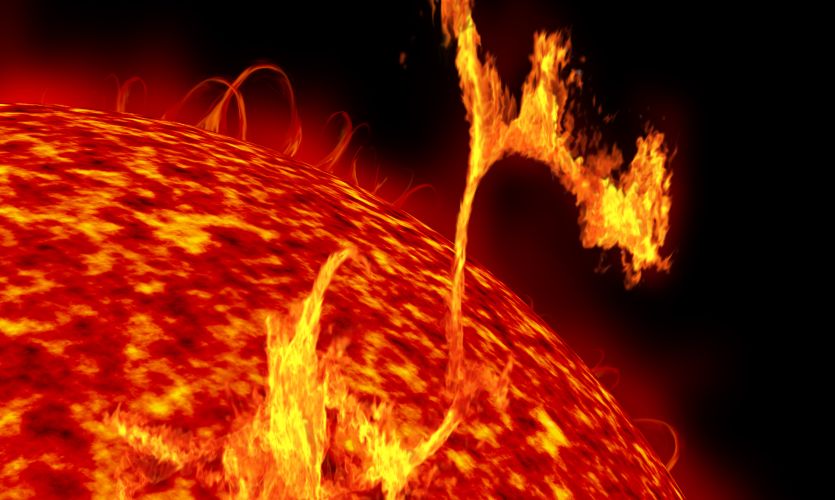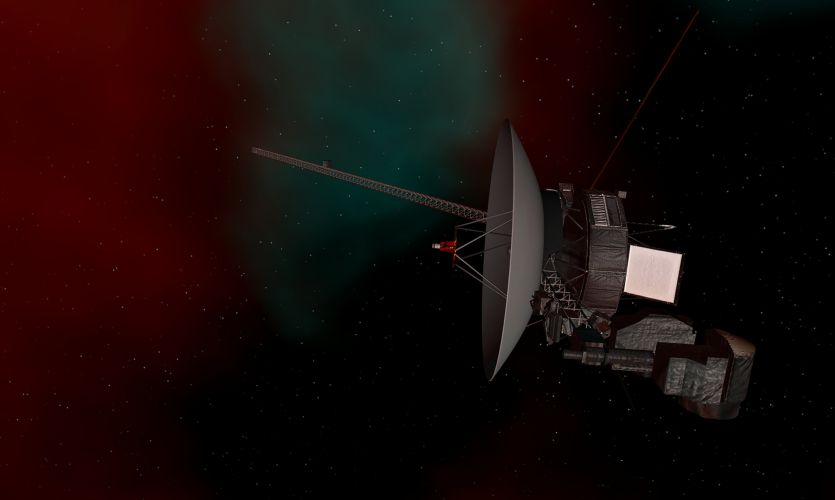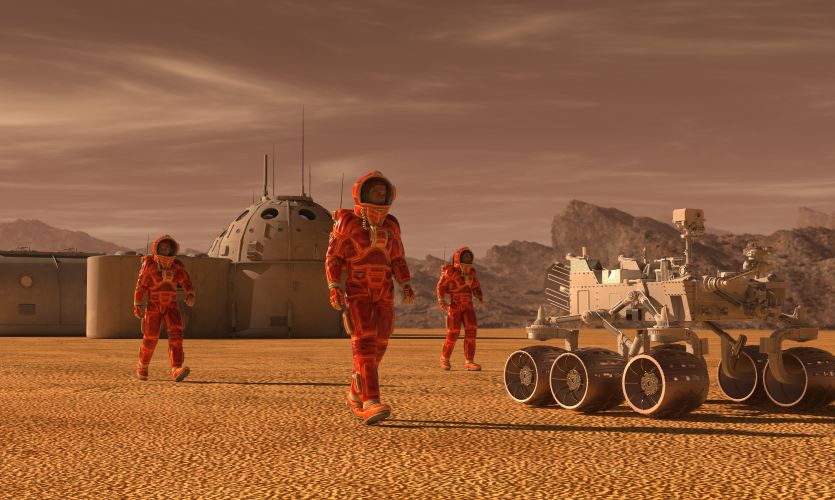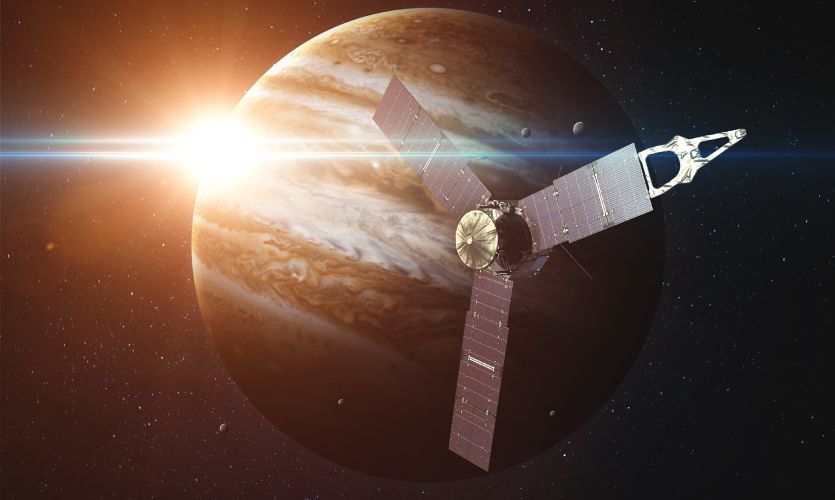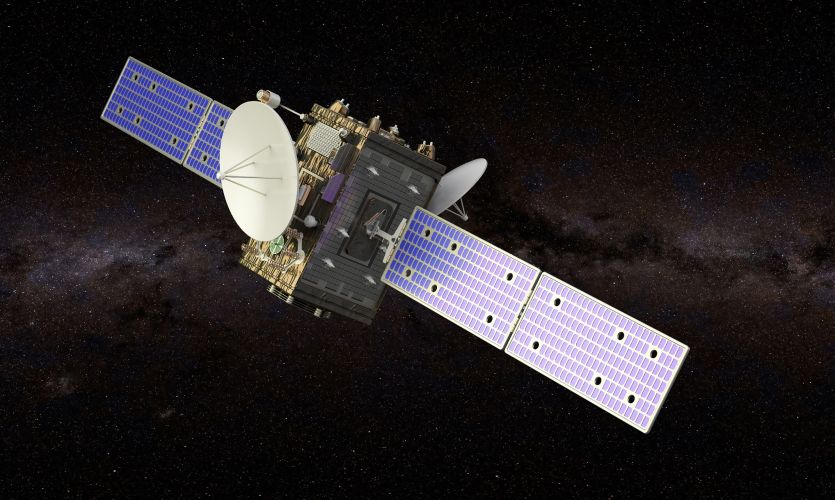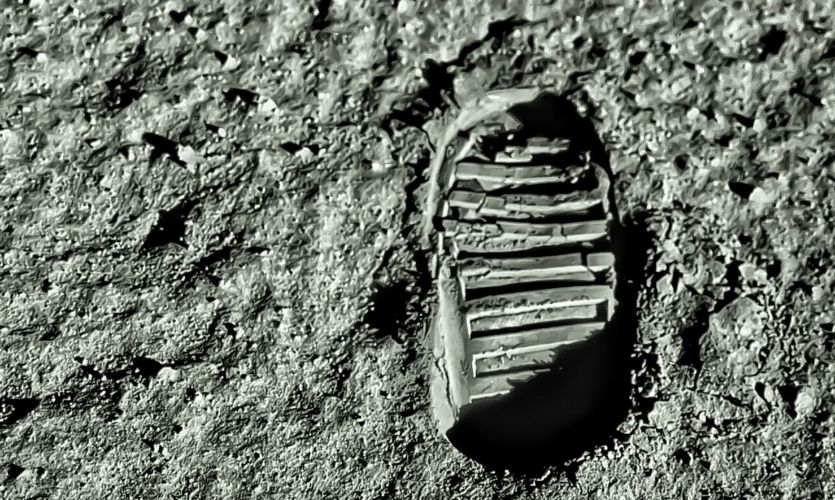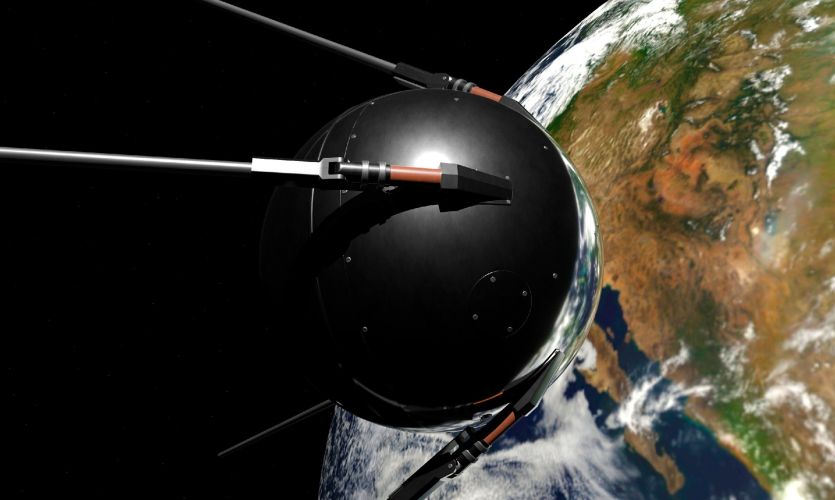Explore.
News
-
Ministerial Council 2025
| Tue, 18 Nov 2025 11:39:00 +0100Read more
Ministerial Council 2025
-
Week in images: 01-05 December 2025
| Fri, 05 Dec 2025 15:05:00 +0100Read more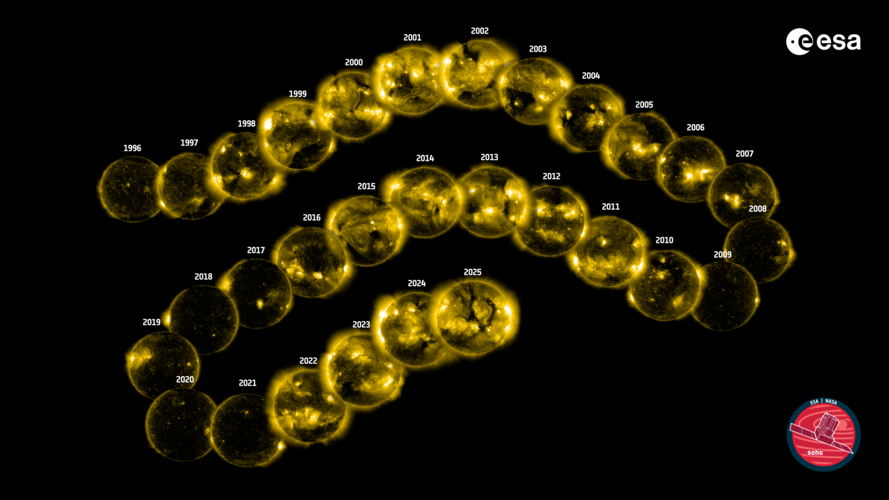
Week in images: 01-05 December 2025
Discover our week through the lens
-
3 astronauts settle into their new life in orbit | On the International Space Station this week Dec. 1-5, 2025
| Fri, 05 Dec 2025 23:00:00 +0000Read moreNewly arrived and soon-to-depart members of Expedition 73 prepared for what is to come next during this, their final week all together aboard the International Space Station. -
NASA's next-gen Roman Space Telescope is fully built. Could it launch earlier than expected?
| Fri, 05 Dec 2025 22:00:00 +0000Read moreNASA's Nancy Grace Roman Space Telescope is now fully assembled and ready to begin launch preparations this summer. -
Every space and sci-fi game at the PC Gaming Show: Most Wanted 2025
| Fri, 05 Dec 2025 21:00:00 +0000Read moreOur friends at PC Gamer hosted a fantastic show looking at the future of video games, and these are our favorite space and sci-fi picks from it. -
NASA spacecraft tracks comet SWAN in incredible 40-day timelapse — and even glimpses interstellar invader 3I/ATLAS (video)
| Fri, 05 Dec 2025 20:00:00 +0000Read moreNASA imaged Comet C/2025 R2 (SWAN) every four minutes for nearly 40 days, marking the longest any comet has been tracked with such frequency.



